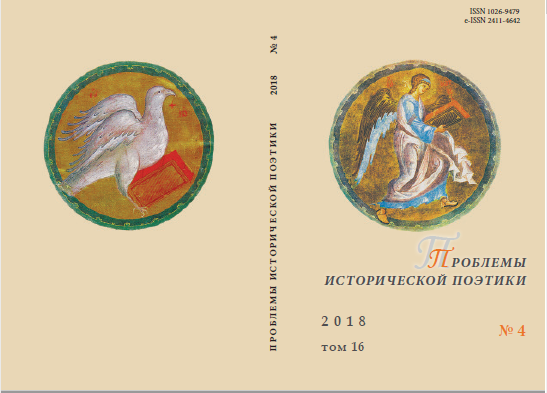«Русь, куда ж несешься ты?»: от «птицы-тройки» до железной дороги (Гоголь, Достоевский и другие)
“Rus’, Where Are you Racing to?”: from a Bird-Troika to a Railway (Gogol, Dostoevsky and Others)
Author(s): Yuliya N. SytinaSubject(s): Comparative Study of Literature, Russian Literature, Theory of Literature
Published by: Петрозаводский государственный университет
Keywords: N. V. Gogol; F. M. Dostoevsky; V. A. Sologub; V. G. Belinsky; symbols of the path and movement; historiosophy; Westernizers and Slavophiles;
Summary/Abstract: The article is devoted to the images of troika and railway in Russian literature of the 19th century. Russia began to develop rapidly after Peter the Great’s reforms. The question of the country’s development vector became particularly relevant in the 1840s. It caused the controversy of Westernizers and Slavophiles. In literature Russia’s path began to be related to the metaphor of a fast movement. Gogol created the symbol of Russia as a rushing troika in the finale of the poem “Dead Souls”. This symbol refers to the idea of Holy Russia. Slavophile K. Aksakov gave an enthusiastic assessment of the final lines of the poem. Westernizer Belinsky did not agree with Aksakov’s interpretation. He proposed an alternative symbol of Russia as a progressive country whose symbol was a railway. V. Sologub in his story “Tarantas” ridiculed on Gogol’s and Slavophiles’ views on the assumption of the common sense based on which the current dispute about the choice between the Russian ways of development is speculative and unreliable.
Journal: Проблемы исторической поэтики
- Issue Year: 16/2018
- Issue No: 4
- Page Range: 115-139
- Page Count: 25
- Language: Russian

